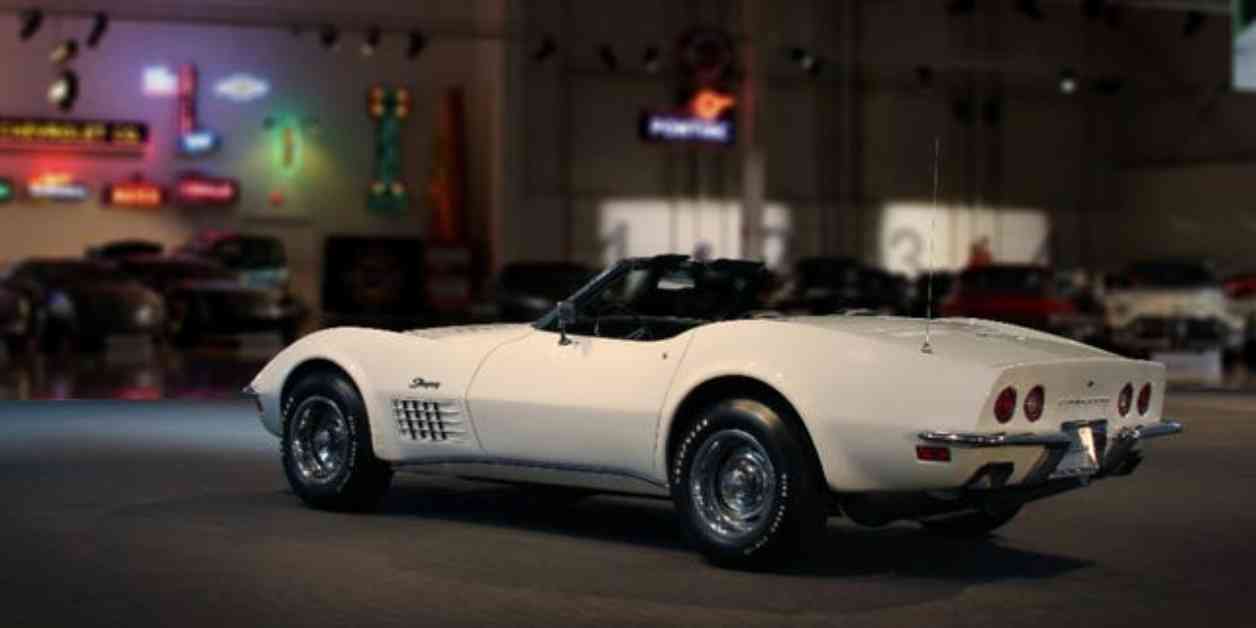Chevy introduced the ZR-1 option package to the Corvette in 1970. Fewer than 60 ZR-1s left the factory between 1970 and 1972. Opting for the performance-focused option meant sacrificing key comfort and convenience items. GM’s race engineers of the 1970s would surely be impressed if you told them the original ZR-1 they developed would eventually evolve into today’s 1064-hp 2025 Chevy Corvette ZR1, but they wouldn’t have been surprised.
From its earliest beginnings, ZR-1 was synonymous with a tuned-up and beefed-up powerplant that featured better cooling, braking, and handling. Casual Corvette fans might be the ones surprised to learn that the ZR1 designation goes all the way back to the third-generation Corvette. In 1970, at the height of Sports Car Club of America (SCCA) racing, Chevy brought out the ZR-1 as a performance add-on to its 5.7-liter LT1 small-block V-8.
The LT1 was already a high-revving engine with a lumpy cam and a big Holley carburetor, making 370 horsepower and 380 pound-feet of torque, a sum capable of propelling a so-equipped Corvette through the quarter-mile in the low-14-second range. The ZR-1 package was designed with autocross and amateur road racing in mind, the idea being that would-be wheelers could check the box and add even more go-fast improvements in one easy step.
The 1970 ZR-1 included a cold-air hood, a larger radiator with a different shroud and fan, the famed Muncie “rock crusher” four-speed manual transmission, electronic ignition, and handling improvements such as power brakes, stiffer shocks and springs, and front and rear anti-roll bars. If you checked the ZR-1 option box when ordering your then-new Corvette coupe or convertible, you gave up most other luxuries, including air conditioning, the rear-window defroster, power steering, any fancy wheel covers, an alarm system, and a stereo.
Luckily, the engine sounded good so you wouldn’t miss that last one as you terrorized your neighborhood in what would end up being one of the rarest small-block Corvettes ever sold (fewer than 60 were made between 1970 and 1972). Customers for the new ZR1 won’t have to make quite as many comfort-related sacrifices, but going the ZR1 route will certainly add more to the bottom line than the original package’s $1000 upcharge.
Like a sleeper agent activated late in the game, Elana Scherr didn’t know her calling at a young age. Like many girls, she planned to be a vet-astronaut-artist, and came closest to that last one by attending UCLA art school. She painted images of cars, but did not own one. Elana reluctantly got a driver’s license at age 21 and discovered that she not only loved cars and wanted to drive them, but that other people loved cars and wanted to read about them, which meant somebody had to write about them.
Since receiving activation codes, Elana has written for numerous car magazines and websites, covering classics, car culture, technology, motorsports, and new-car reviews. In 2020, she received a Best Feature award from the Motor Press Guild for the C/D story “A Drive through Classic Americana in a Polestar 2.” In 2023, her Car and Driver feature story “In Washington, D.C.’s Secret Carpool Cabal, It’s a Daily Slug Fest” was awarded 1st place in the 16th Annual National Arts & Entertainment Journalism Awards by the Los Angeles Press Club.










